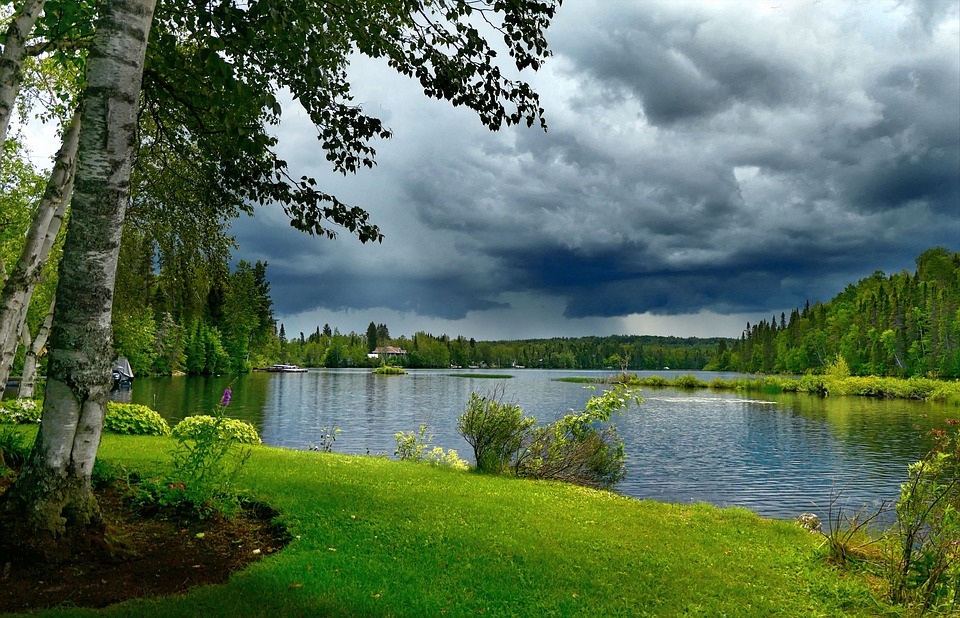How Are Grizzly Bears Affected by Climate Change?
Grizzly bears, Ursus arctos horribilis, are iconic mammals native to North America, primarily found in regions such as Alaska, Canada, and parts of the northern United States. They inhabit diverse ecosystems including forests, alpine meadows, and coastal areas. As climate change intensifies, the implications for grizzly bears and their habitats become increasingly concerning.
Grizzly Bears: Habitat and Lifestyle
Range and Habitat:
Grizzly bears thrive in a variety of environments, from dense forests to open alpine meadows. Their distribution is largely concentrated in:
– Alaska
– Western Canada
– The Northern Rocky Mountains in the U.S.
Diet and Hibernation:
Grizzlies are omnivorous, feeding on a wide range of foods including:
– Plants and berries
– Fish (notably salmon)
– Small mammals
They enter a state of hibernation during winter months, relying on accumulated fat reserves to survive until spring.
Impact of Climate Change on Grizzly Bear Habitats
Shrinking Habitats:
As global temperatures rise, grizzly bear habitats are shrinking due to:
– Altered forest ecosystems: Vegetation is shifting to higher elevations, reducing available habitat.
– Increased wildfires: More frequent wildfires destroy critical habitats and food sources for grizzlies[1][2].
Range Expansion:
Some grizzly populations are expanding northward as they seek cooler climates. This expansion can lead to overlapping territories with other species, such as polar bears in Arctic regions[1].
Effects on Food Availability
Changes in Vegetation:
Climate change disrupts the timing and abundance of key food sources like berries and roots. This shift can significantly impact grizzly bears’ ability to accumulate the necessary fat reserves for hibernation[2][5].
Impact on Salmon Populations:
Coastal grizzlies depend heavily on salmon. Warming waters and altered river ecosystems disrupt salmon spawning, leading to food shortages for these bears[1][6].
Competition for Food:
With diminishing food resources, grizzlies may face increased competition from other wildlife or human activities, further straining their survival[2][5].
Altered Hibernation Patterns
Shorter Hibernation Periods:
Warmer winters result in shorter hibernation periods for grizzlies. This change forces them to remain active longer into the year, which can lead to energy imbalances as they burn more calories without sufficient food intake[2][3].
Energy Imbalance:
The inability to build adequate fat reserves can lead to malnutrition and reduced reproductive success among female bears[4][8].
Increased Human-Bear Conflicts
Encroachment on Human Areas:
As bears search for food or suitable habitats, they may venture closer to human settlements. This proximity increases the likelihood of conflicts[2][9].
Agricultural Damage:
Bears raiding crops or livestock can lead to lethal management practices or increased mortality rates due to human-wildlife conflicts[1][10].
Long-Term Conservation Challenges
Genetic Isolation:
Fragmented habitats can isolate grizzly populations, decreasing genetic diversity and increasing vulnerability to extinction[6][10].
Conservation Efforts:
To mitigate these challenges, it is crucial to implement strategies that include habitat protection, wildlife corridors, and legal protections for grizzly bears. These efforts aim to ensure their long-term survival amidst climate change pressures[7][9].
FAQs
How does climate change affect grizzly bear food sources?
Climate change alters the availability and timing of key food sources like berries and salmon, affecting the bears’ ability to accumulate fat for hibernation.
Are grizzly bears changing their hibernation patterns due to climate change?
Yes, warmer winters are leading to shorter hibernation periods, disrupting their energy balance and overall health.
How is habitat loss from climate change affecting grizzly bears?
Habitat loss due to wildfires and shrinking forest ecosystems forces grizzlies into less suitable areas, often bringing them closer to human settlements.
What can be done to protect grizzly bears from climate change?
Conservation efforts focusing on habitat protection, wildlife corridors, and minimizing human-bear conflict are essential for safeguarding grizzly bear populations.
Conclusion
Climate change poses significant threats to grizzly bears through habitat loss, food scarcity, altered hibernation patterns, and increased human-bear conflicts. Addressing these challenges is vital not only for the survival of grizzly bears but also for maintaining the ecological balance within their habitats. Protecting these magnificent creatures requires a concerted effort against climate change and its impacts on their environment.

Kyle Whyte is a notable scholar and professor at the University of Michigan, holding positions such as the George Willis Pack Professor in the School for Environment and Sustainability and Professor of Philosophy. Specializing in environmental justice, his work critically examines climate policy and Indigenous peoples’ ethics, emphasizing the nexus between cooperative scientific endeavors and Indigenous justice. As an enrolled Citizen Potawatomi Nation member, he brings a vital perspective to his roles as a U.S. Science Envoy and member of the White House Environmental Justice Advisory Council. His influential research is supported by various prestigious organizations including the National Science Foundation, and disseminated through publications in high-impact journals. Kyle actively contributes to global Indigenous research methodologies and education, with affiliations to numerous institutes and societies dedicated to traditional knowledge and sustainability. Recognized for his academic and community engagement, Kyle has earned multiple awards and served in various visiting professorships. His efforts extend to leadership positions on boards and committees focused on environmental justice nationwide.
